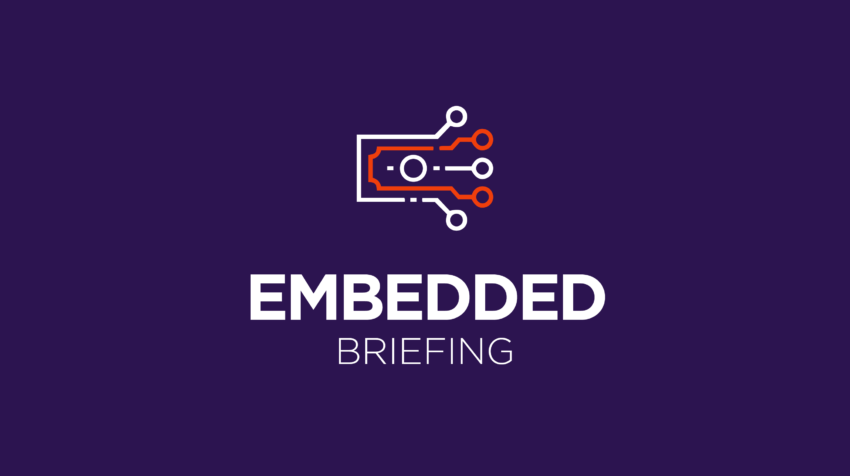Finance Everywhere, Member Exclusive
Embedded Briefing: MX and Boss Insights collaborate to enhance digital SMB lending
- For lenders, the partnership serves to enable better and faster decision making based on applicant firms' data — collected via integration with data sources like Shopify, and QuickBooks.
- For SMBs, the partnership seeks to bridge the financial data gap between them, their financial institutions, and their financial applications.








